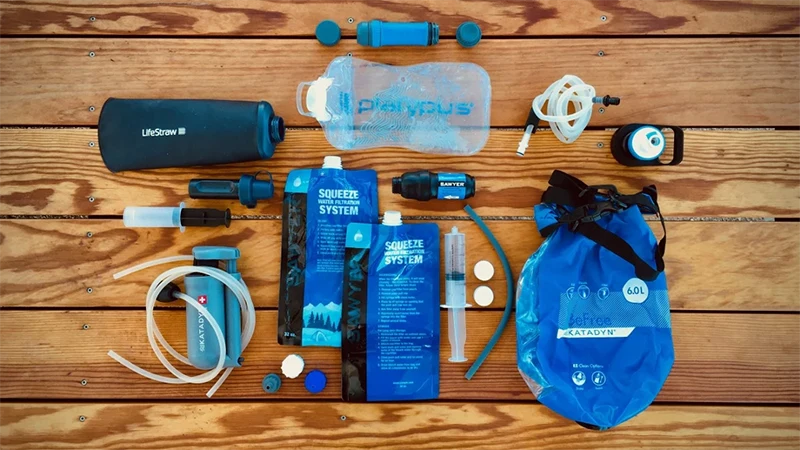

A Guide To Purchasing Environmentally Friendly Surf Gear
Items that’ll do a little less damage to our earth and our oceans
No matter how you slice it, consuming surf-related gear (i.e. buying PU boards, leashes and fresh new rubber wetsuits) isn’t doing much in the way of protecting the health of our oceans. Sure, we pick up some trash, use a metal water bottle and pay our Surfrider dues to help offset the environmental impact of our stuff, but much of the junk we’ve amassed in our pursuit of set waves was made with toxic materials and will likely still be around in some form long after we’ve been spit out of our last barrel. (Wait. What? You’re not a member? Sign up here and we won’t tell anyone.)
So is it possible to be a responsible surf consumer? It requires research and being more thoughtful about our ecological responsibility. Here are ten products that are heading in the right direction for a smarter, cleaner surf life and planet.
See the full list by Jon Coen on Surfer's website here.
From the Squad
Campfire conversations with our community, from Squad Members and Ambassadors to Brand Partners and the Sawyer team.

















